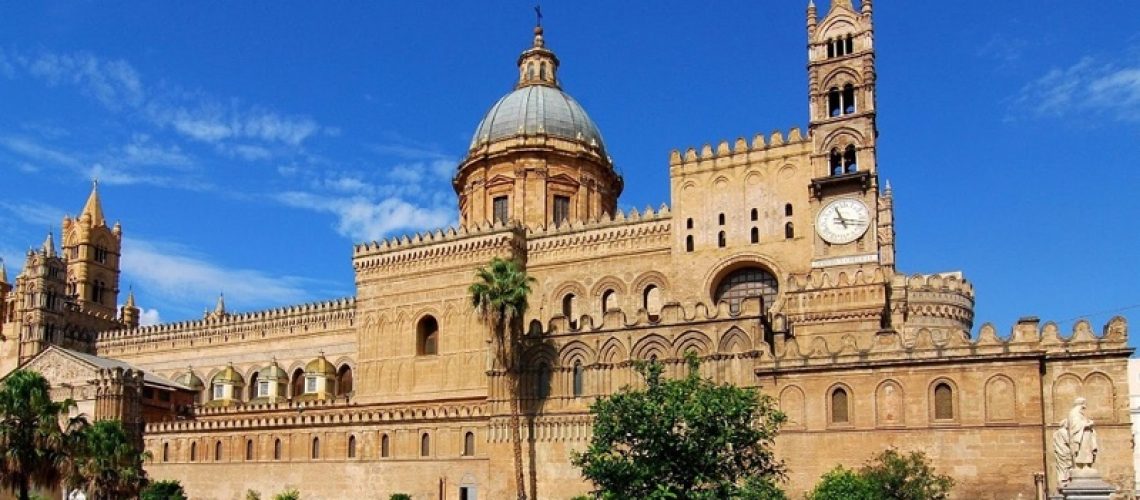If the east coast of Sicily is a crown, Taormina, half way between Messina and Catania, is one of the brightest jewels of that crown, shining because a great mix of breathtaking coastal landscapes, a rugged hilly background, something like twenty seven centuries of heritage and, as usual in Sicily (and the rest of Italy as well…) an amazing food culture.
Taormina history in bits
Naxos, now a Taormina suburb, was founded by Greek settlers in 734 B.C..
Taormina started soon to grow on the opposite side of the bay and it became part of the kingdom of Syracuse until the death of Hieron, becoming part of the Roman province of Sicily with the Second Punic War.
As the rest of Sicily, Taormina had a troubled political history after the fall of the Roman Empire.
It was the last Eastern Roman Empire stronghold in Sicily, taken by the Arabs after a siege in 962 A.D., then by the Normans in 1078.
Under Spanish rule for centuries and part of the Kingdom of the Two Sicilies, Taormina became an “artists retreat” since the XIX Century: Oscar Wilde, Johann Wolfgang von Goethe, Friedrich Nietzsche, Richard Wagner spent time there; later, D. H. Lawrence, Truman Capote, Tennessee Williams and Jean Cocteau.
Such a long timeline left in the city many historical testimonies.
The Ancient Theatre is a Roman one and it is still in use (it appears also in Woody Allen’s movie Mighty Aphrodite), so it can be a perfect destination to experience an Ancient Greek drama in a beautiful environment.
The Taormina Cathedral – il Duomo – is a three naves, Latin cross plan church built in XIII Century and reworked between XV and XVI Century.
But Taormina means, of course, sea!
A swim at the Lido Copacabana and a visit to the Isola Bella will leave you breathless.
If you are in the mood, a snorkeling experience will bring you over the beautiful sea bottom in the heart of the Mediterranean.
Sea is of course the main character of Taormina food culture as well: simply mouth – watering!
But local cheese and the legendary Sicilian treats are no less so!

